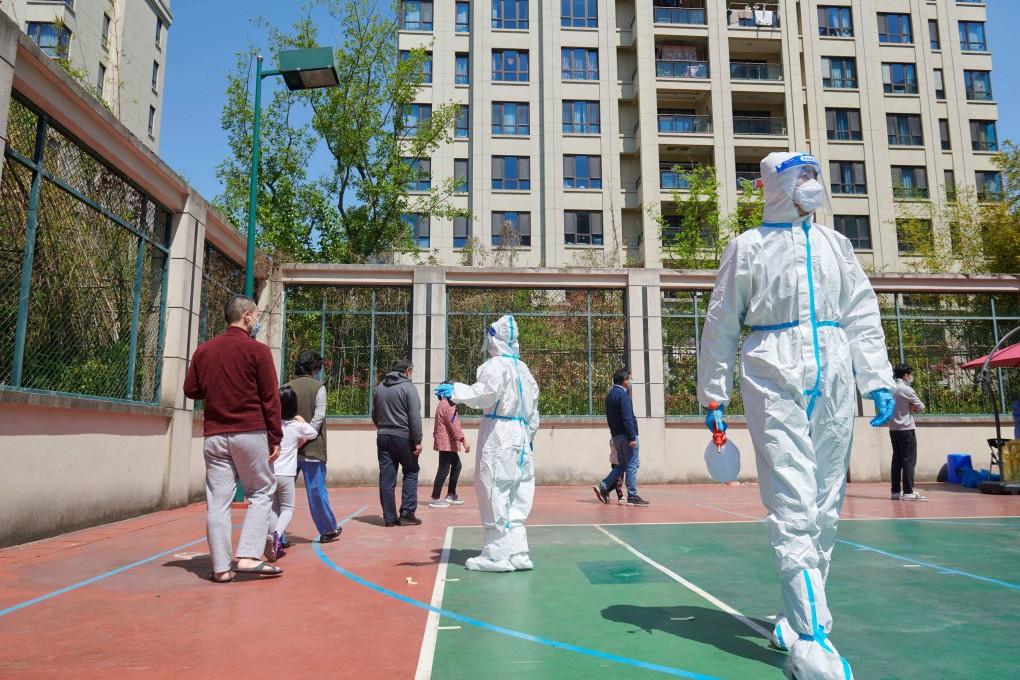Inside China Tech | China’s snap lockdowns are threatening its role in global value chains
- Lockdowns have turned country into a patchwork quilt of fragmented cargo flows and people trying to get around
- The tough approach is disrupting trade and will eventually hurt China’s role in global value chains

Local governments across China have been dutifully implementing snap lockdowns to comply with Beijing’s “dynamic zero” approach to Covid-19. Lockdowns can be triggered by only a few cases of the highly infectious Omicron strain of the coronavirus, and lifted when there is no further transmission outside quarantine zones.
One problem of this tough approach is the nervousness that pervades society, as nobody can predict exactly when and where the next outbreak of Covid-19 will occur. Wuhu, a city in eastern Anhui province, with a population about half the size of Hong Kong’s, declared a lockdown on Sunday morning after one positive case was confirmed, four days after it announced the whole-area had a “low risk” status.
Cities in China have also started to impose quarantine and testing requirements for visitors, turning what was once an integrated and unified nation into a patchwork quilt of fragmented cargo flows and people trying to get around.
The problem has become so acute that China’s State Council publicly lectured local cadres not to go too far when implementing anti-Covid-19 policies. Vice Premier Liu He on Monday ordered local governments not to hold truck drivers on highways waiting for nucleic test results. But it remains to be seen how local governments will balance two goals that appear to conflict - ensuring no Covid-19 outbreaks while keeping business running as usual.
The lockdowns and trade disruption will eventually hurt China’s role in global value chains. The wave of lockdowns starting in Shanghai at the end of March has lasted for three weeks, and the damage is already visible.
If lockdowns are lifted and China reopens quickly, some of the losses may be reduced. If not, there is a tipping point whereby short-term inconvenience will turn into lasting damage. It is hard to predict when the tipping point will arrive, but it will surely come if current measures continue. An indicator will be when “closed loop” production becomes hard to sustain or when boardrooms decide to shift production outside China permanently. These risks are rising as China’s zero tolerance approach to Covid-19 continues.
